NEW YORK—The sound of police sirens and angry protesters filled the streets of Manhattan on Tuesday, as multiple groups took to the streets in May Day protests.
After months of sparse activity, the Occupy Wall Street movement awoke from its slumber, leading protests throughout the city, often disrupting the flow of traffic, and clashing with the police.
The re-emergence of the Occupy Wall Street protests coincided with International Workers Day, historically a day of strikes and protests by workers in labor movements.
“With our focus on economic injustice, this seems to be the perfect day to bring our energy,” Jason Ahmadi of the Occupy Press Office said Monday. “It is also a day when labor groups and immigrant groups also come out in huge numbers, so it is the opportunity to unite all of us together for these issues of economic injustice.”
The day began slowly as an early morning rain soaked New York City, keeping crowds light. In Manhattan, Occupy Wall Street protesters set up early for multiple workshops throughout the day in Bryant Park, Madison Square Park, and Union Square.
Protesters used these points to meet up with each other, and then zigzagged throughout Manhattan, protesting at banks and businesses. A heavy police presence followed the groups as officers on both scooters and foot tried to keep things under control.
Protesters not following police orders were arrested. The NYPD, which would not release the number of police officers used, reported less than 50 arrests by press time.
The daylong protests culminated in a permitted rally at Union Square at 4 p.m. An estimated 10,000 people participated before marching down Broadway, which had been shut down near Wall Street. By the time they reached Union Square, some reports put the number as high as 25,000 people.
Direction?
Occupy protesters are once again encouraging people to look at and discuss socioeconomic equality, however questions still remain about their direction.
“There was so much momentum built up in the beginning, now it just seems kind of like a legacy. Okay. What’s the purpose? What is the meaning? What is the center goal of what we are trying to achieve here?” a man in a business suit, who asked his name not be used, said at Bryant Park.
When asked how taking over parks would help get their message across, Rowland Miller, who worked with the Occupy Press Group at Bryant Park said, “The point of being in parks is to call attention to public space. The commons. The people’s right to utilize public space. This park should not be a luxury item. It should not be for the promotion of business, necessarily. It should be more of a cultural space.”
When pressed that the park was made less inviting to people not actively wanting to participate in the protests Miller said, “This is a radically inclusive movement, so the regular joe walking by should feel welcome and included.”
Andy, 32, was attempting to get to work by biking over the Williamsburg Bridge in the morning but was not allowed to go into Brooklyn due to the protest.
“It is not fair when they start [messing] with public space like this,” he said. “It has turned into something that is now affecting people. I think that is the point. … Their point is to disrupt, but I am not the one percent.”
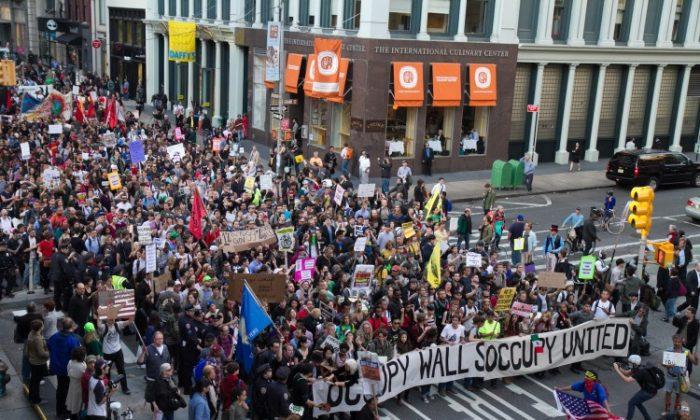

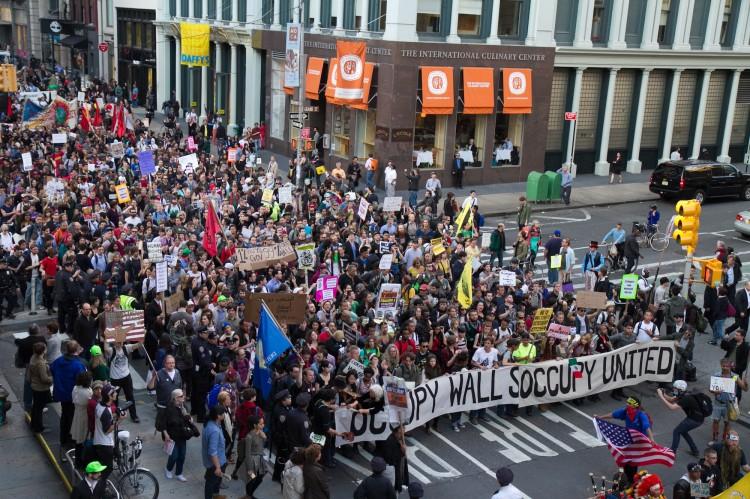
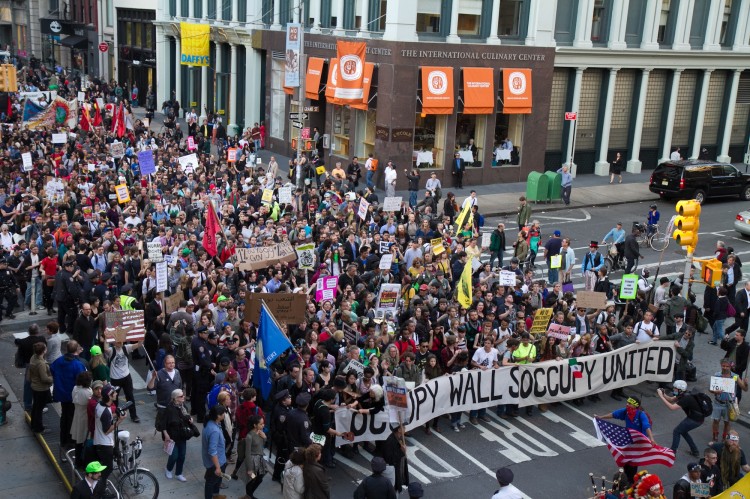

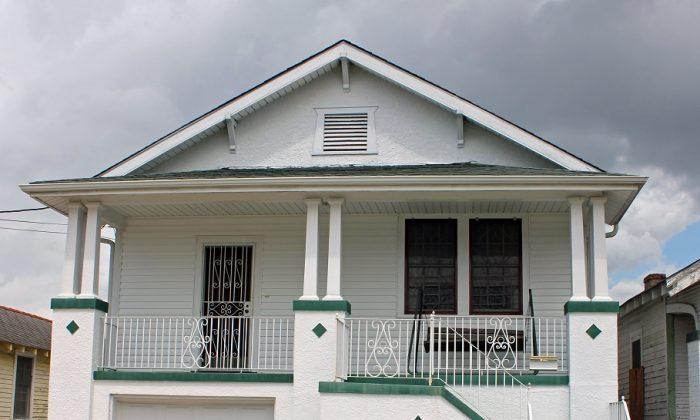
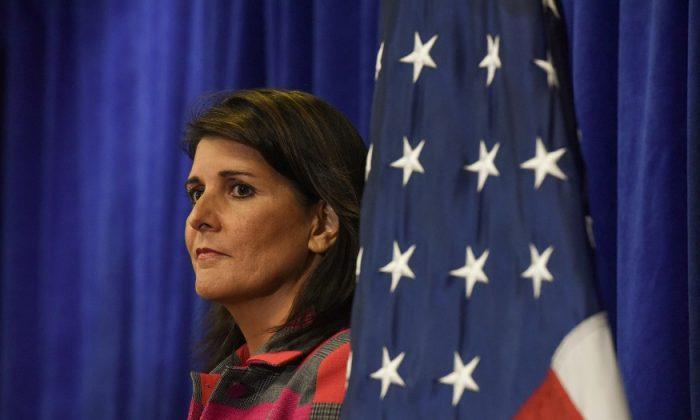
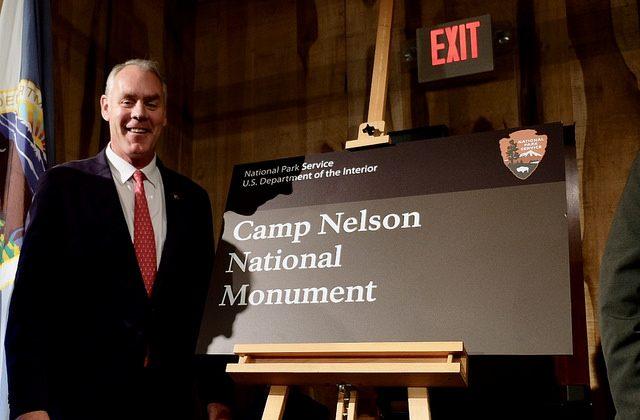
Friends Read Free